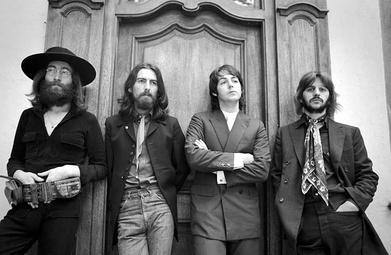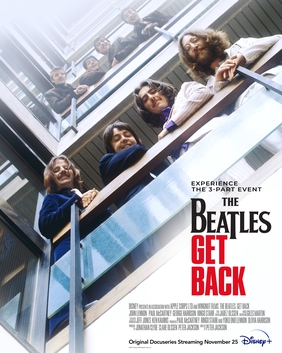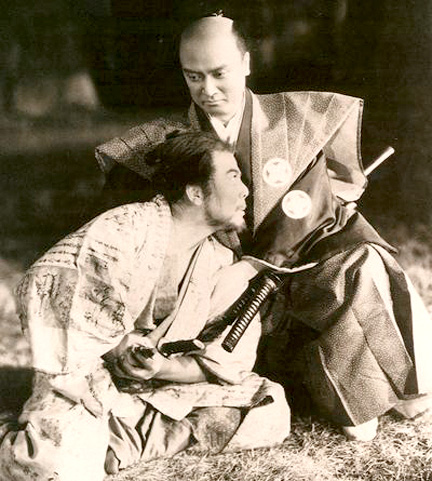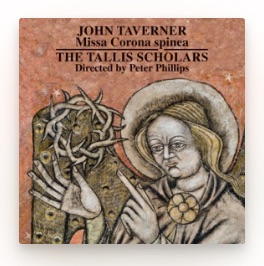My Beatles Era, unfortunately, shows no signs of slowing down – yet. So, before I have squeezed every last bit of enjoyment out of catching up with a nearly 65 year old band, there’s a little more I’d like to write about the disintegrating of The Beatles as a band. This time, my lens is less organizational, and more familial. It’s not a stretch to say that a band is a lot like a family, and there are certain interactions that one can observe in The Beatles: Get Back that map onto classic familial dynamics. Because the rift between George Harrison and Paul McCartney informs a lot of the docuseries, I think it’s instructive to look at their specific relationship. I particular, I find their dynamic to be similar to youngest child and older sibling, with George (who Let it Be director Michael Lindsay-Hogg refers to as “Baby George” early on) trying to assert himself in the face of older brothers who aren’t seeing him as the mature, accomplished songwriter he knows himself to be.
In the interest of full disclosure, I am myself a youngest child of three, which may explain why I have so strongly identified with George’s arc in the docuseries. However, I am not the only person who has seen the value of considering The Beatles: Get Back through the lens of family dynamics. In the essay “What The Beatles’ ‘Get Back’ Documentary Can Teach Social Workers About Familial Relationships,” Geoffrey Grief discusses the Beatles as behaving like a group of adults siblings attempting to move forward after the death of their parent. In this case, Grief sees manager Brian Epstein’s untimely death in 1967 as the catalyst for their behavior as we see it in the docuseries. Grief describes The Beatles as a “family-of-orientation,” meaning they were drawn close together through their years of work as a band and through the necessary closeness that resulted. In this family, as in others, [d]eath of a parent can … result in siblings drifting away from each other as they no longer have an older generation to pull them together.” For Grief, looking at The Beatles this way is useful for social work, because it illustrates that “current issues in relationship needs to be addressed with action-oriented interventions while being cognizant of the root of the problem and the impact that the intervention will have on all the family members.” Too bad Grief hadn’t been around during the Beatles’s time!
While birth order psychology is neither scientific nor predictable (there are too many other factors, such as wealth, parentage, the amount of years between siblings, etc), it can shape a child’s worldview and it does involve very real intra-familial dynamics. Every time an older sibling is made to babysit a younger sibling, this dynamic is in play. So, my aim is not to “prove” that birth order is a scientific principle, but rather, to apply what we understand of birth order’s effect to what we can observe in this docuseries in order to more clearly understand what happens, and more importantly, why. So in the rest of this post, I would like to use Grief’s framework for viewing The Beatles as a family to better understand what may have motivated George’s (admittedly brief) split from the band, and how that family dynamic played a part in getting him to return.







